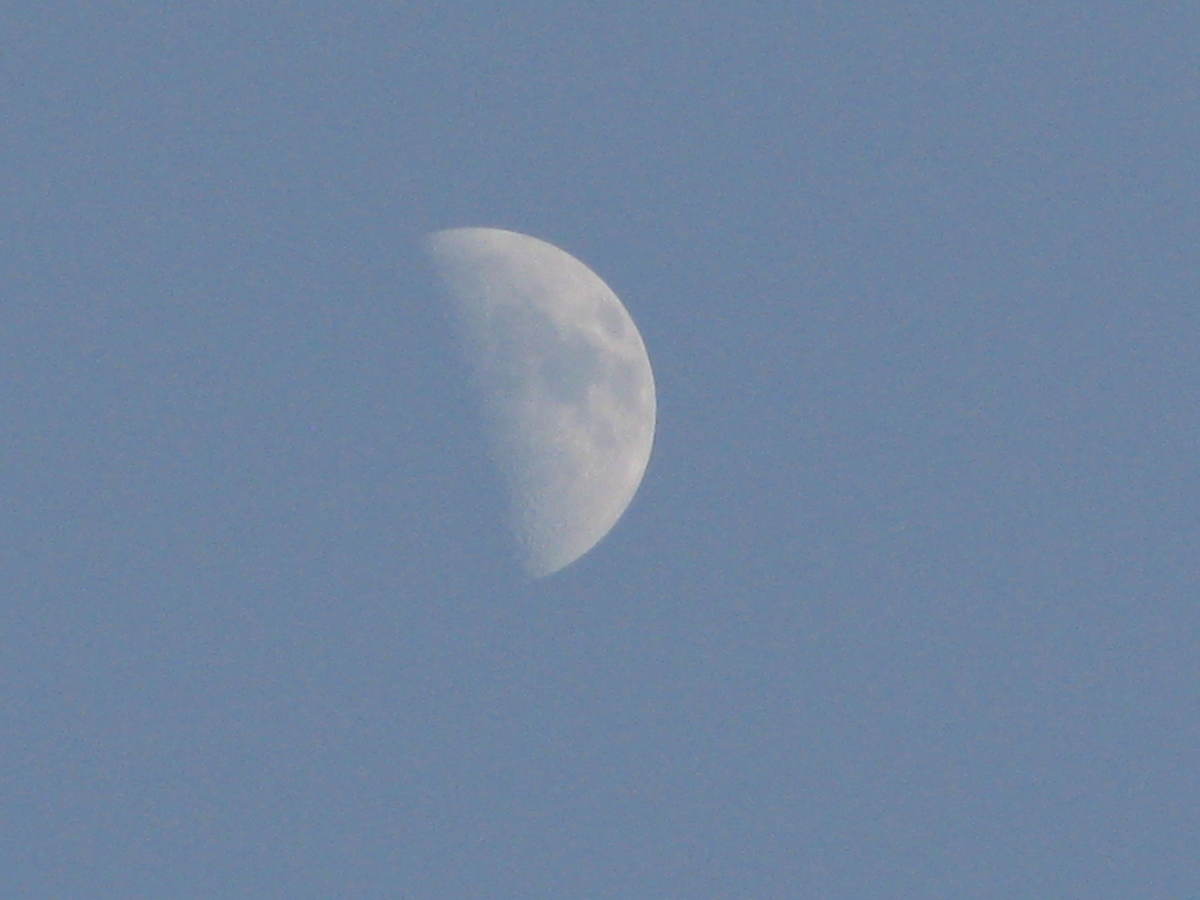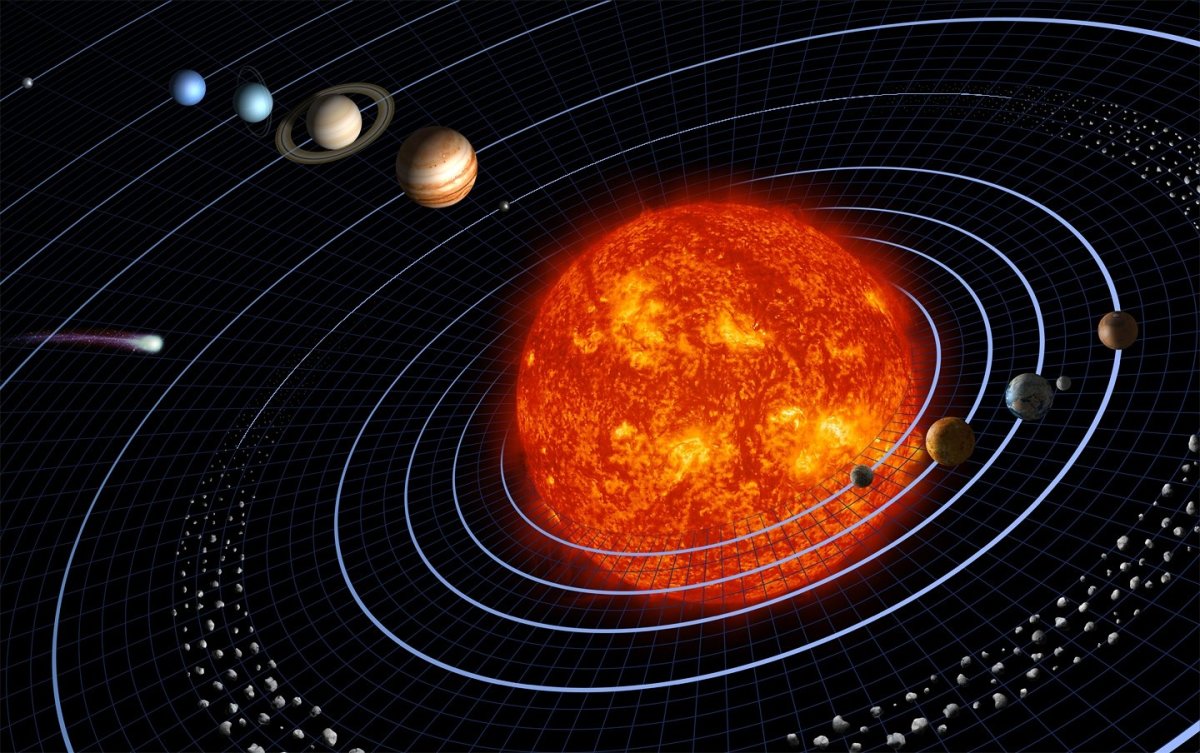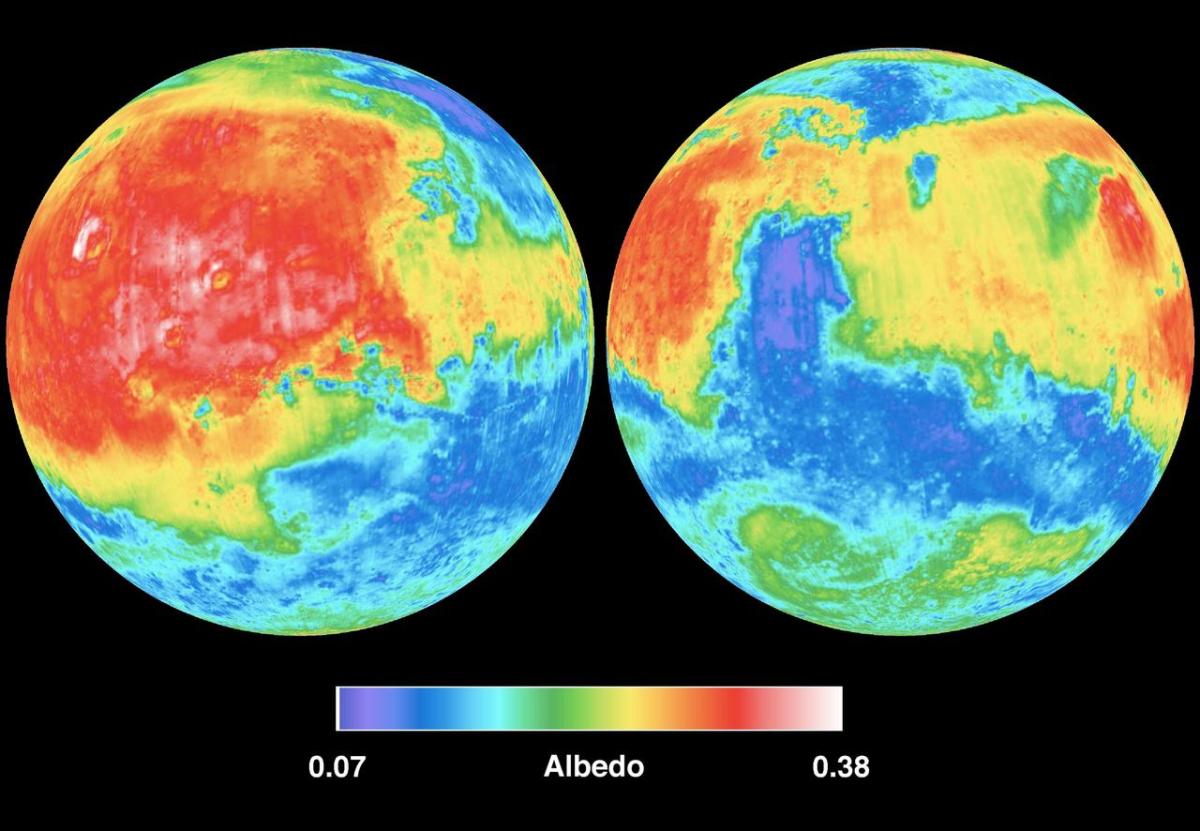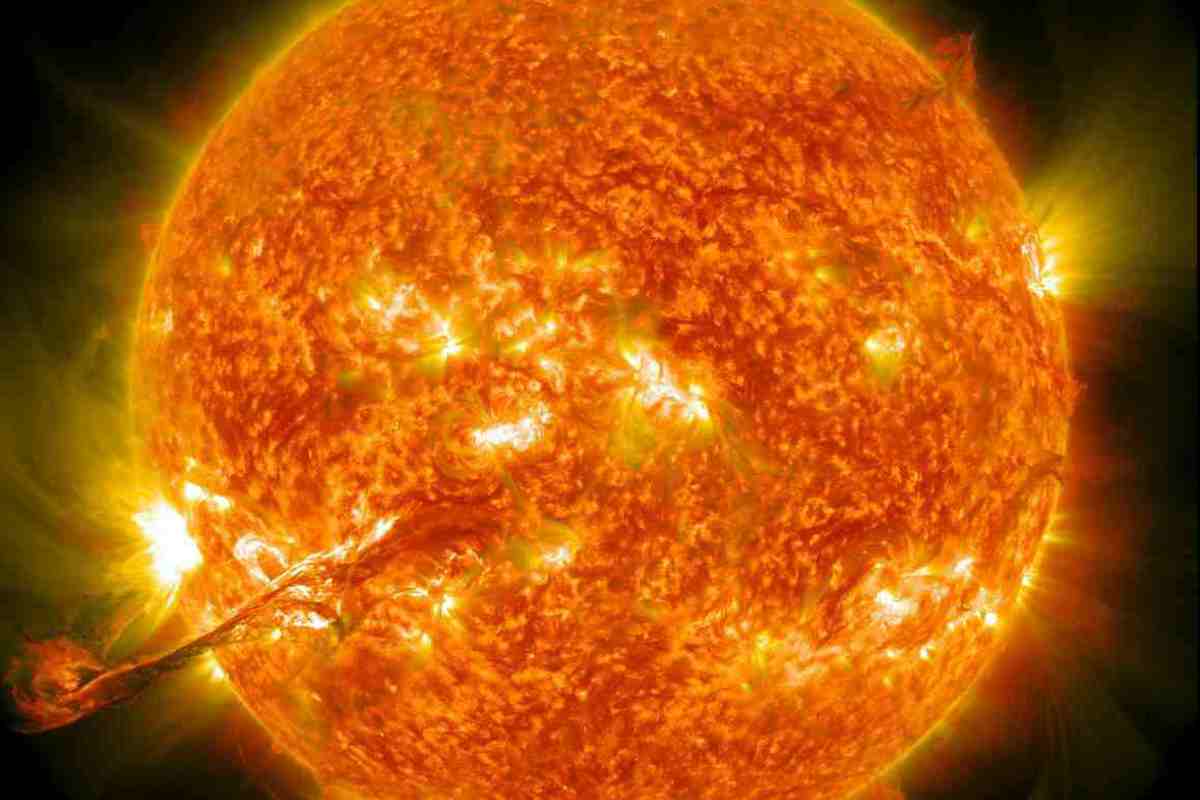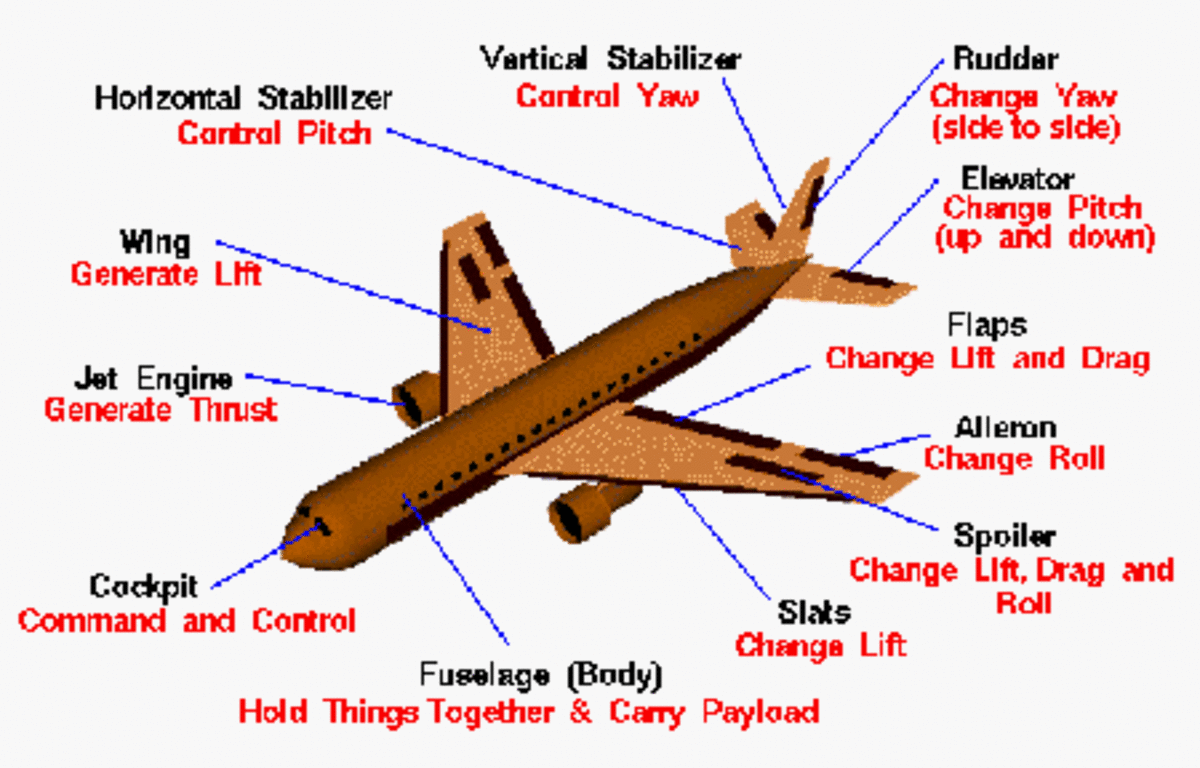The Fantastic Flight of the Voyagers
The Voyager and Pioneer space probes have taught us much about the solar system and beyond







The two Voyager space probes are now deep into interstellar space having passed through the heliopause.
The NASA headline read “Voyager 2 completes 12,000 days of continuous operations”. Right away, this says two interesting things. First we have the technology that can last, so why are we not doing likewise on Earth? Then there is the fact that the Voyagers (1 and 2) have made some important discoveries about the solar system and the interstellar medium, some of which has caused a lot of debate in astronomical circles.
Launched from Cape Canaveral, a.k.a. The Kennedy Space Cemter on August 29, 1977, Voyager 2 sent back our original close ups of every planet from Jupiter to Neptune as well as a distant shot portrait of the entire solar system. They were launched at this time to take advantage of the favourable planetary line up that would allow for gravitational assists from all the gas giants. This was before the days of knowing about the space super highway. Since then, rhey entered the Kuiper Belt and detected a gravitational anomaly that is still being debated. It has also passed the outer edge of the heliopause, the suns magnetic bubble. Voyager 2 has travelled some 21 plus billion kilometres. After travelling a winding path of gravity assists, it now lies almost 14 billion kilometres from the sun. Signals coming from the still working space probe, take 12.8 hours to reach us. Voyager 1, launched sixteen days before Voyager 2 and on a different trajectory, reached this milestone on July 13 after having travelled more than 22 billion kilometres. Voyager 1 is currently more than 17 billion kilometres from the Sun.
On December 23, 2009, the space probe passed into an interstellar dust cloud. The finding tells is that the entire solar system is passing through an interstellar cloud dubbed the “local fluff”, that physics says should not exist. In the Dec. 24th issue of Nature, a team of scientists reveal how NASA's Voyager spacecraft has solved the mystery.
"Using data from Voyager, we have discovered a strong magnetic field just outside the solar system," explains lead author Merav Opher, a NASA Heliophysics Guest Investigator from George Mason University. "This magnetic field holds the interstellar cloud together and solves the long-standing puzzle of how it can exist at all."
The local fluff has other interesting features. Made up of hydrogen and helium atoms, it is hot, registering at 6,000 Kelvins. It is a diffuse rarefied plasma that is being squeezed by magnetic confinement due to hydrogen being diamagnetic. Physicists fear that one of the consequences of this magnetized fluff is the compression of the heliomagnetosphere, which would allow more cosmic rays to penetrate into the inner solar system. As the heliomagnetosphere like the geomagnetosphere, has a dipole where it indents, the plasma could enter into the inner solar system and the sun's magnetic poles. Should that happen, we could see some interesting displays at the poles of the sun. Once caught by the sun's magnetism, it could then connect with the planets via the interplanetary magnetic medium.
The gravitational anomaly puzzled physicists who remarked that there is something about gravity they didn't understand. Discoveries since then, have turned up a myriad of Trans Neptunian Objects (TNO), some of which are larger than Pluto, since “downgraded” from planet status to a TNO. As the Voyagers were “slowing down” more than could be accounted for, the astrophysicists were at a loss. But now, we can at least account for some of the slowing that could be caused by the hundreds of TNOs found past the orbit of Neptune. There are likely a lot more smaller objects that we have not yet found, that combined can account for the gravitational anomaly.
The latest mystery to surface is the interstellar dust so close to the solar system. In fact, it is still within the confines of the Kuiper Belt and for all intents and purposes, also in the Oort cloud. The dust is held together by a strong magnetic field line, possibly a remnant of a past super nova, or one of the galactic magnetic field lines. As the Voyagers now ply interstellar space outside of the heliopause, they are within the galactic medium.
The dust cloud has concerned some, thinking that it will enter into the solar system and cause a dimming of the sunlight. About the only way that this could occur, is for the magnetic line with the suspended dust to connect with the solar magnetic field and get drawn in as a result. At the moment, it is not too likely due to its location. But it is not ruled out in the long term.
But before this, they made amazing discoveries for all the gas giants. Io was found to be a body of extreme volcanic activity. Saturn's rings were found to have what was defined as spokes. Neptune was discovered to have a giant storm in its atmosphere akin to Jupiter's giant red spot, known to have been raging for at least 300 years.
Video

